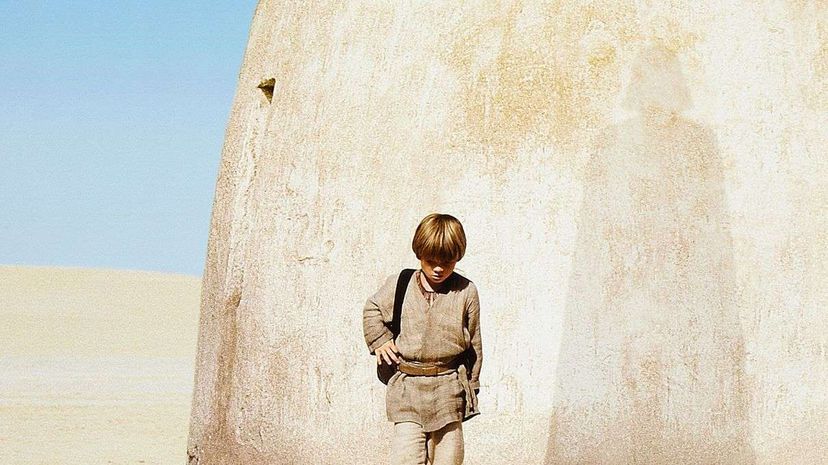
All the waiting is over. “The Force Awakens” has been released, and now many viewers are looking for answers about how it connects to the other films in the “Star Wars” saga. Many of the most important touchstones to the original three films — “A New Hope” “The Empire Strikes Back” and “Return of the Jedi” — seem obvious to most viewers. What's much more subtle is the incorporation of elements from the prequels into the new film. Here are 10 of the best nods “The Force Awakens” makes to the prequel trilogy.
JUST IN CASE: For those averse to spoilers, this might be best read after viewing “The Force Awakens.”
Advertisement